Check out this post on animal genetics and breeding for livestock to get valuable information you’ll need when considering breeding livestock on your hobby farm or homestead. Breeding livestock correctly is essential to having healthy, productive animals!
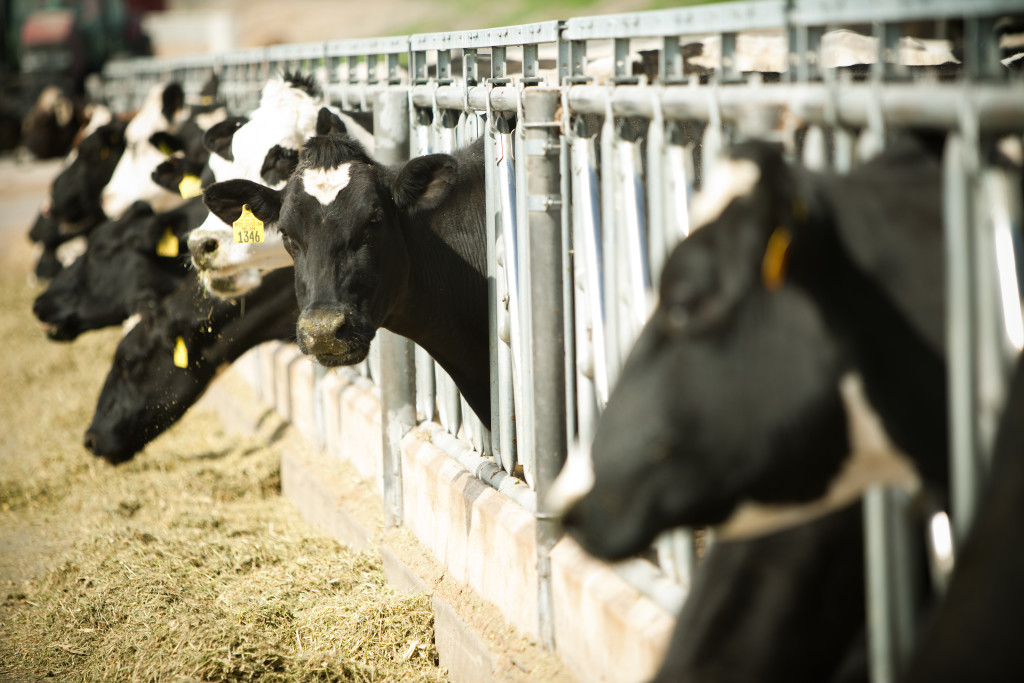
Dairy cows at the USU Caine Dairy
Recently, I wrote a post on breeding pets. Now I want to talk livestock. I separated the two categories because the goals for breeding pets and livestock are very different.
First of all, when I say “livestock” what kind of animals do I mean?
- cattle
- sheep
- pigs
- horses
- goats
- and any other farm type animal, we will lump chickens in here as well for today.
As in the previous post, here are some handy definitions (greatly simplified) that will make this a little easier as we go along:
- Dominant: A gene that outweighs other genes when talking about a certain trait. Example: Black color vs. White color. Black is dominant and will outweigh the white genes.
- Recessive: A gene that is passive to a dominant gene. Example: If an animal has a gene for white and a gene for black, the animal will be black because the white gene is recessive. You must have two recessive traits for the white color to appear.
- Trait: eye color, coat color, temperament, etc.
Most of the time, livestock are bred a certain way so that they can maximize production. I’m going to stick with the example of different breeds of dairy cows here because that is what I have the most experience with.
The most important thing to remember when breeding livestock is: What is my goal?
Usually, breeders have multiple goals in mind, remember you cannot just select one trait, inadvertently you will select multiple traits. Dairy farmers in the United States are not paid on how much milk their cows make. They are paid on the %fat and %protein in the milk. Holstein cows produce large quantities of milk. Jersey cows produce less milk but have higher fat and protein percentages. There are more breeds, but those two make my point. So if you were a dairy farmer, you could plan your breeding strategy according to what breed you have or want and what you want your production focus to be.
We have learned so much about genetics and breeding in just the last 20 years. Serious advancements. Farmers are now able to take that knowledge, usually in the form of computer systems that track each cow individually on their farm, and make more informed breeding choices. The Holstein breed of cow has some very trademark traits. Like I said before, they are high milk volume producers. They are also terrible mothers. Like seriously terrible. People get very upset about baby calfs being taken away from their mothers but I can tell you from personal experience that these mama cows just really don’t care. And that is a breed trait. The farmers are able to let the calf drink the most important milk from the mother, the colostrum, and then they take the calf to a clean, safe environment where it really is safer than it would be with its mom.
Now, a note on animal welfare: Don’t be sad. It really isn’t sad. The mama’s don’t care and the babies don’t care. Animals are not humans and they do not feel emotions the same way humans do. I promise. They definitely have emotions, but they are not the same as ours.
Other breeds of dairy cows are better mothers, but in general, that is a lacking breed trait. But it is ok because we don’t need to breed super awesome dairy cow mothers! We do need dairy cows to be docile though. And that is also a breed characteristic.
When I was doing my master’s project, I had 40 cows that I managed. I knew all of them by their numbers, nicknames, faces and their back ends. I can still tell you to this day which ones liked their ears scratched and which ones hated it. I can also tell you that I took blood samples from the coccygeal (tail – hence knowing them from the rear) vein 3 times a week for 15 weeks (not in a row, but that is a different story…). That is a long time and a lot of tail pokes. Those cows were only tied up by a collar. The really rowdy ones that wanted to kick my teeth in got a firm hug around the neck by one of my helpers and all was well. I could also herd 20 of them at a time down to the scale and they would walk in of their own accord while I wrote down weights.
If I had tried to do the same thing on some beef cows, I literally would have died. My dairy cows were so docile! Beef cows, not so much. But that is because we have bred them to be tougher. Beef cows live out on the range where they need to protect themselves and their babies, it’s a whole different world. {Side not, often weaning can be stressful on baby and mama beef cows [breed characteristic difference!] so this cool technology was developed.}
So my point with all of this is: when you have your small hobby farm and you want to breed livestock, what do you want? You will probably be able to purchase starting animals with the traits you want and then work on selecting the traits you want to keep from there. There are genetic databases available for almost every breed of cattle in existence, the Angus breed has done a particularly extensive job at this. Other livestock also have breed websites that are great sources of information when deciding how and what to breed.
Usually, dairy cows are bred by AI or artificial insemination. This is really nice because you avoid having a bull on the farm. Bulls are nothing to mess with, owning a bull requires experience, especially if you just have a hobby farm. I personally would never, ever own a bull or a stallion. Male animals that are not castrated are basically thousands of pounds of raging hormones. If they have regular opportunities to breed, usually they are manageable {personality also plays into this}. However, I urge you to use caution when considering whether or not to own one. AI is affordable, quick, and much safer for you and your animals. It also allows you to breed to animals across the country or even across the globe, which is really cool!
Research is essential when breeding livestock so you get certain production results. Usually for a small farm, high production isn’t really a huge concern. If it is, be sure to research the production traits you are interested in maintaining. On a small farm, things like how easy the animal is to handle, personality, and how friendly the animal is can matter more than production. Those will all be things to consider when breeding your own livestock. If you are going to sell your animals to others to breed, you really want to make sure you have top-notch genetics.When dealing with any purebred animal situation, it is important to remember that the more inbred an animal is, the more health problems it will have. This happens because you end up with a lot of recessive genes getting together and expressing negative traits. Good livestock breeders know their breed inside and out and can talk extensively about all breed traits – good and bad. They will also be doing everything they can to only maintain the good traits. No good breeder passes along undesirable traits. And, as with pets, all reputable breeders need to keep a clean and safe environment for their animals.
Crossing breeds of animals can be really beneficial for your herd because it introduces hybrid vigor. Hybrid vigor means that two animals who are randomly selected and unrelated are bred and their offspring are more thrifty, lively, and can even have better production than purebred livestock. Why? Because all those weird recessive health problems you turn up when breeding the same breed together get trumped by dominant, healthy traits. Now, I italicized the words random and unrelated for a reason. You can’t achieve hybrid vigor with distant cousins. Or half-siblings. You really have to cross two totally different breeds.
So there you go! Now you have some starter information to get you started breeding or buying quality livestock. My secret wish is to one day have a small herd of beef cows. First I should probably learn some cowboy skills…
I can be a cowboy in an english saddle with a helmet, right?
Ha!
{Professional photos are from the Utah State University College of Agriculture and Applied Science}. I loaded all my photos from my project onto a hard drive to store so I couldn’t access them but I had to include some of the USU Dairy Girls! Besides, my photos were usually taken at 4:30 am with my phone…not the greatest :).
Pin this farm tip on your Hobby Farming board to SAVE it for later! Follow Longbourn Farm on Pinterest for more great tips, ideas, and tutorials!
[et_bloom_inline optin_id=”optin_4″]
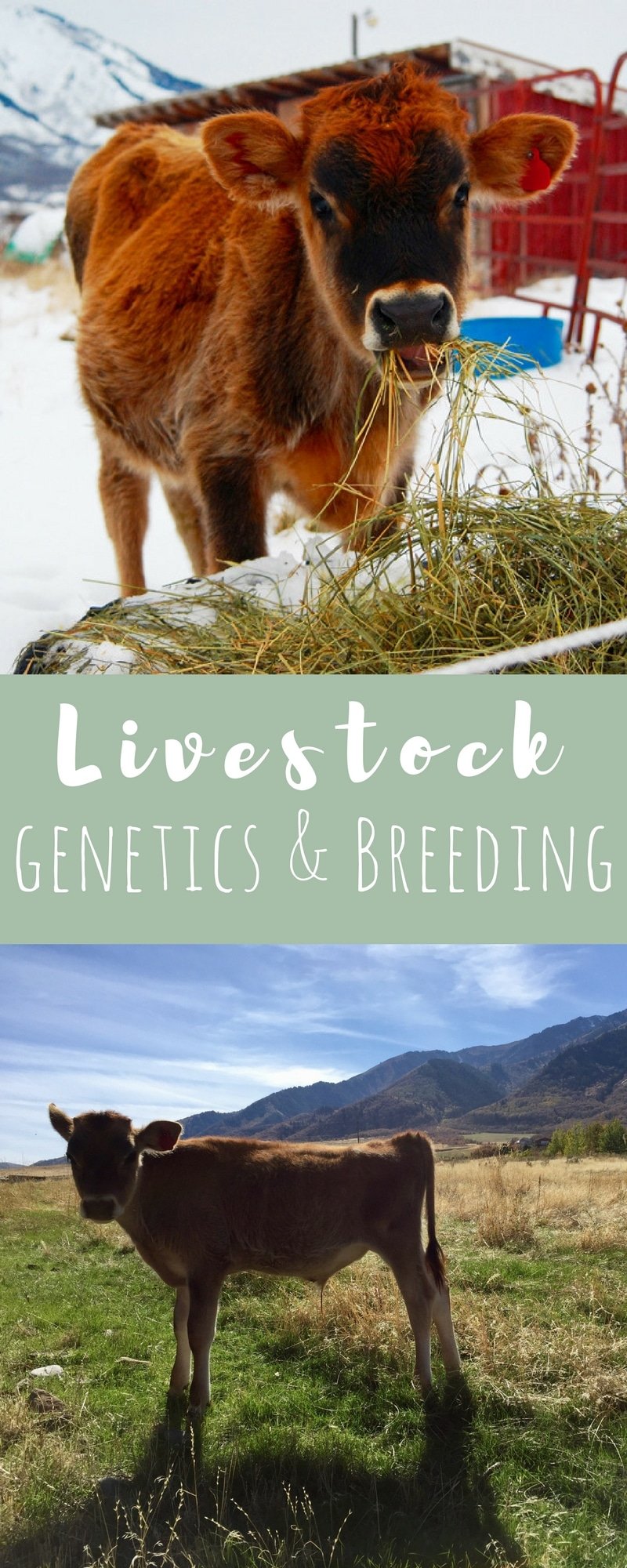
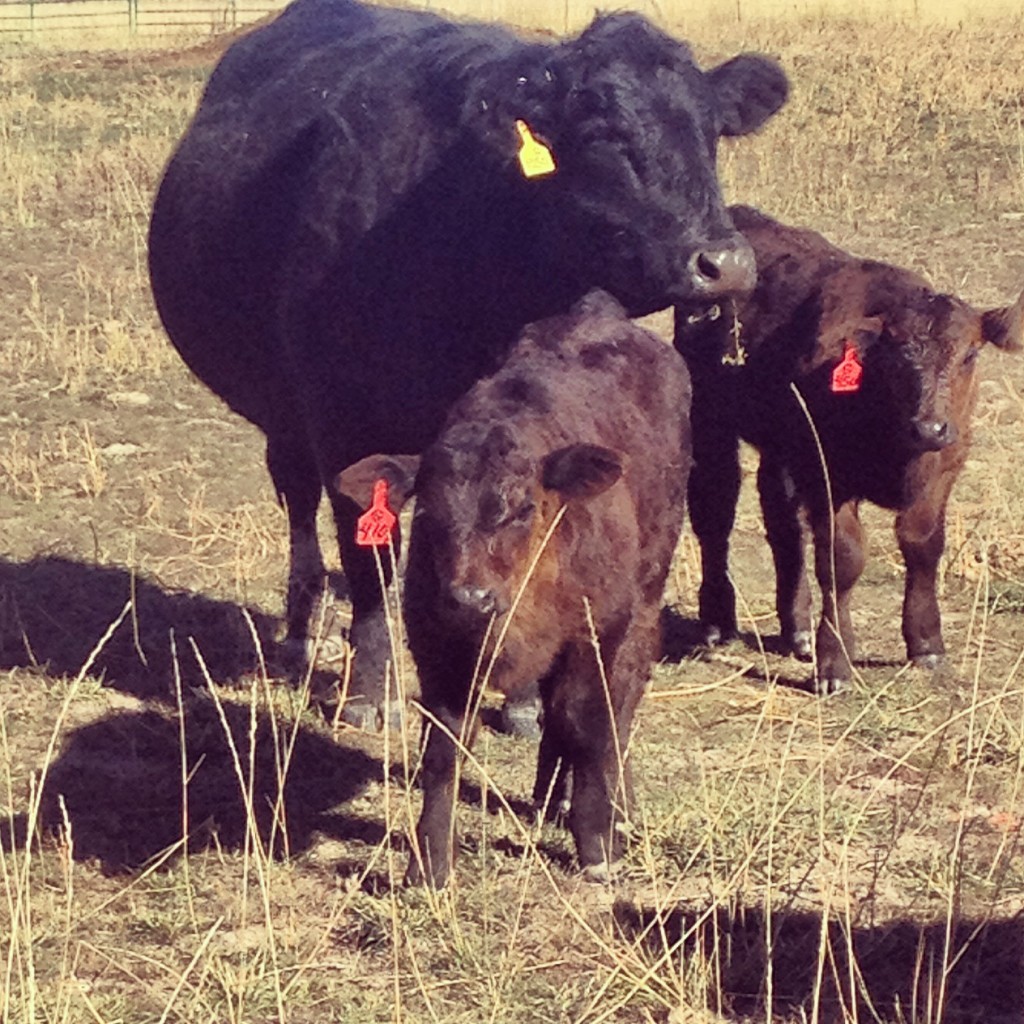
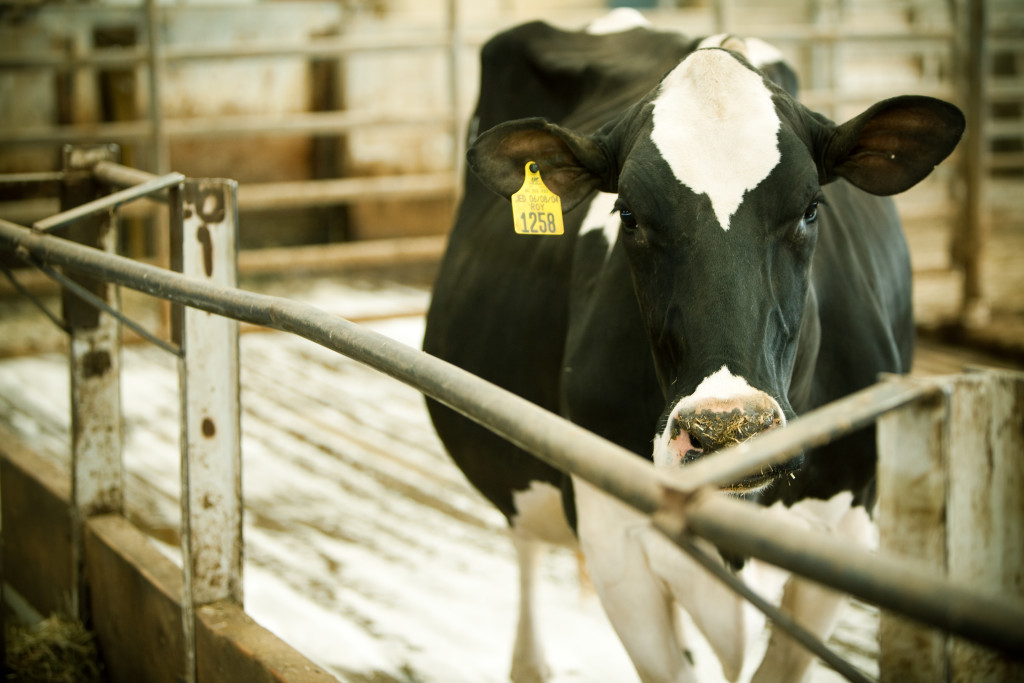

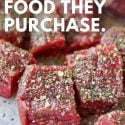
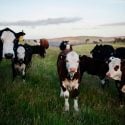


Leave a Reply